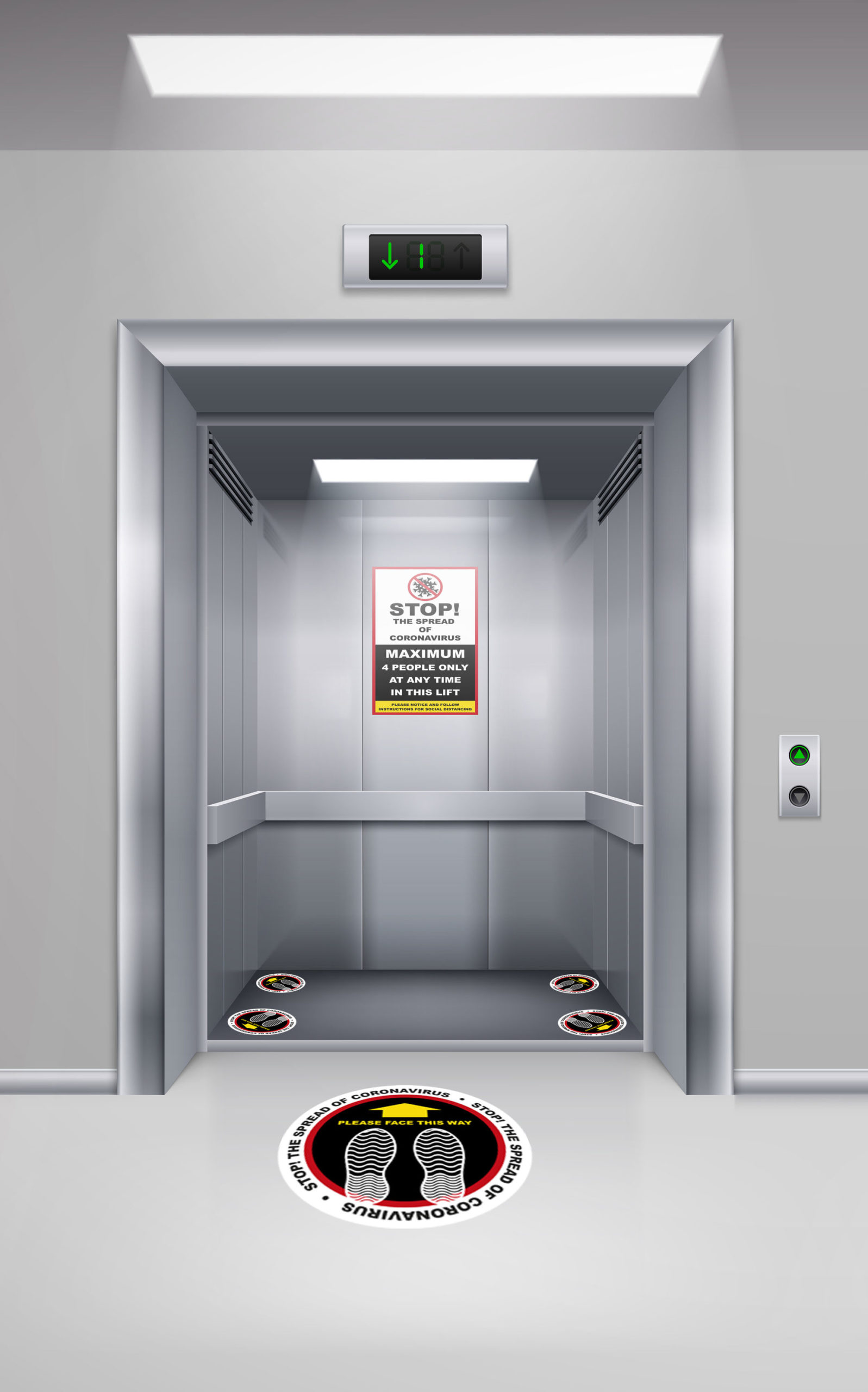Discover the Best Disabled Platform Lifts Prices UK for Residential and Commercial Usage
Discover the Best Disabled Platform Lifts Prices UK for Residential and Commercial Usage
Blog Article
Exploring the Globe of Lifts: Usual Concerns Faced by Different Lift Systems
As we browse with the upright transport systems of contemporary buildings, elevators attract attention as an essential component of our every day lives. However, behind their smooth procedure lies a world of detailed devices that can occasionally experience challenges. From hydraulic elevators to grip systems and machine-room-less designs, each lift kind includes its set of typical concerns. Comprehending these challenges is essential for guaranteeing the smooth performance of these vital systems. Let's discover the intricacies that underlie the procedure of elevators and the possible problems that can emerge, clarifying the detailed internet of lift devices.
Hydraulic Elevators
Hydraulic lifts, often liked for low-rise structures, utilize fluid stress to manage the activity of the elevator cars and truck (lift repair companies). This mechanism involves a hydraulic pump pressing oil right into a cylinder, creating the elevator to move in the wanted instructions. While hydraulic elevators are recognized for their peaceful and smooth procedure, they do come with their own set of typical issues
One common problem with hydraulic elevators is oil leak. In addition, problems with the control system, such as faulty valves or a malfunctioning pump, can create disruptions in the elevator's activity.
Regular upkeep and prompt fixings are vital to ensure the smooth functioning of hydraulic lifts. By addressing these usual issues proactively, structure proprietors can minimize downtime and make sure the security and effectiveness of their vertical transport system.
Traction Lifts
When considering upright transport systems in buildings, one more typical type besides hydraulic lifts is the grip lift. Traction elevators run utilizing a system of ropes and weights that move the lift vehicle by grasping onto the hoist ropes. This mechanism permits for smoother and much faster upright transport contrasted to hydraulic systems.
One of the usual concerns encountered by traction lifts is rope wear. The continuous movement of the ropes within the grip system can lead to tear and put on over time, possibly triggering the elevator to breakdown or come to be risky for use. Regular inspections and maintenance of the ropes are necessary to ensure the elevator's correct functioning and security.
Another concern that grip lifts may experience is connected to the control system. Troubles with the control system can lead to concerns such as unpredictable movement, delays in feedback times, or perhaps full closures. Routine testing and maintenance of the control system are critical to stop such concerns and make sure the lift's integrity.
Machine-Room-Less (MRL) Lifts

Among the key parts of MRL lifts is the compact gearless traction maker that is installed within the hoistway. This machine efficiently drives the lift automobile without the demand for large tools found in standard traction lifts. Furthermore, MRL elevators normally use a counterweight system to stabilize the vehicle, additional enhancing their energy performance.
Despite their advantages, MRL elevators might face obstacles connected to upkeep and repair service as a result of the restricted area for equipment setup. Ease of access for servicing components within the shaft can be restricted, requiring specialized training for professionals. Proper upkeep timetables and routine inspections are vital to make sure the ongoing smooth operation of MRL elevators.
Overloading and Weight Restriction Issues
Overwhelming and weight limit issues are vital problems in elevator operations. Lift manufacturers design raises with certain weight capabilities to make certain guest safety and security and devices long life.
When lifts are overloaded, it puts excessive stress on the electric motor, wires, and other components, potentially causing malfunctions or break downs. Safety systems such as sensors and overload sensors remain in location to avoid lifts from relocating if they identify excess weight. Additionally, surpassing weight limitations can bring about boosted power usage and damage on the lift system.
To alleviate overloading concerns, building supervisors should plainly show weight restrictions in elevators and inform occupants on the relevance of sticking to these limitations - lift repair companies. Routine upkeep checks by certified technicians can additionally help guarantee that lifts are operating within safe weight criteria. By resolving overloading and click now weight limitation problems proactively, structure proprietors can enhance lift safety and efficiency
Electrical System Failings
Exceeding weight limitations in elevators can not just lead to mechanical concerns but additionally potentially add to electrical system failings within the lift infrastructure. Electric system failures are an important concern this content in elevator procedure, as they can trigger unforeseen closures, breakdowns, or even safety hazards.
Moreover, power surges or variations in the electric supply can likewise interrupt the lift's procedure, impacting its performance and security. These electric disruptions can damage sensitive elevator elements such as control panels, motherboard, or sensors, resulting in system failings. Normal upkeep and inspections are critical to identify and deal with potential electrical issues quickly, making sure the effective and secure operation of lift systems. By adhering to weight limitations and conducting routine electrical system checks, building proprietors can mitigate the danger of electric failures in lifts.
Final Thought

Hydraulic lifts, usually chosen for low-rise structures, make use of fluid stress to manage the motion of the elevator cars and truck.When thinking about vertical transportation systems in structures, another usual kind apart from hydraulic lifts is the grip elevator. Grip lifts run utilizing a system of ropes and weights that move the lift auto by clutching onto the hoist ropes. Unlike conventional lifts that need a separate maker room to house the equipment, MRL elevators incorporate most of the components within the shaft, removing the need for a devoted equipment room.In verdict, lifts face usual concerns such as hydraulic breakdowns, traction system failings, and electric system problems.
Report this page